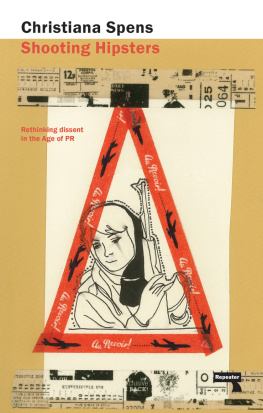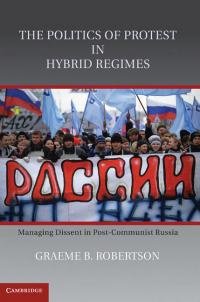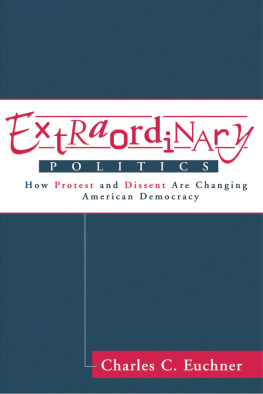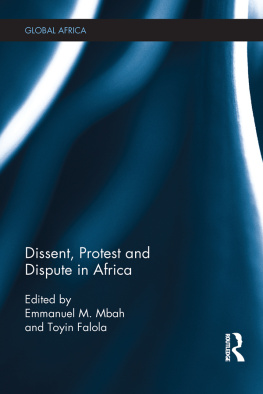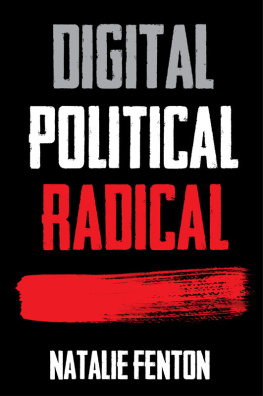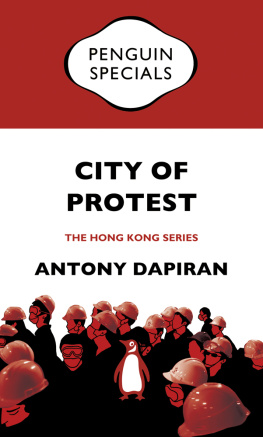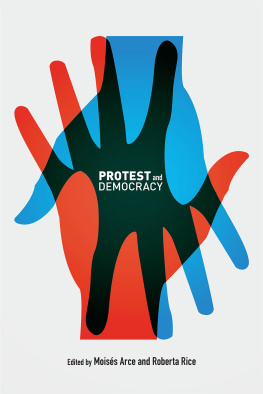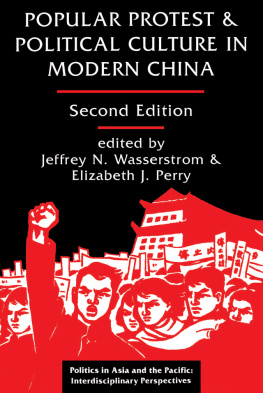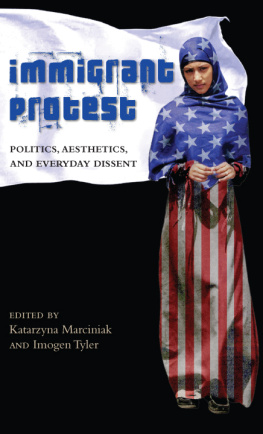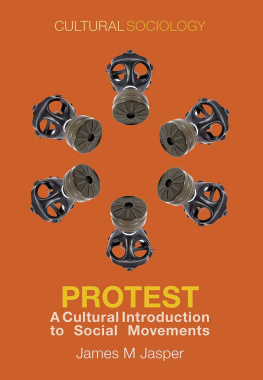Shooting Hipsters
Shooting
Hipsters:
Rethinking
Dissent
in the Age of PR
Christiana
Spens

CONTENTS
For Andy and Caspian

Introduction
The Romance of Dissent
Bliss was it that dawn to be alive, But to be young was very heaven! ( WORDSWORTH , 1888)
Revolution, in all its manifestations, has long captured the public imagination, as well as those of artists, writers and musicians. Wordsworth wrote his famous lines not about first love, but about the French Revolution. Romanticism more generally was about revolution and anti-establishment ideals, just as much (if not more) than passionate love, Arcadian nature and the blissful sublime. The subject of sonnets, novels, songs and paintings, revolution has been glorified and admired in the arts, traditionally associated with brave young people and spectacular change.
These days, this Romantic notion of revolution is still at the core of most dissenting groups operating in the West, from the student protests against education cuts in 2010 to the Tea Party movement, and from the Provisional IRA to Al Qaeda. Anonymous has borrowed its imagery (and particularly its masks) from Alan Moores V for Vendetta, itself drawing upon tales of an attempted revolution past and Guy Fawkes part in it, while the Occupy movement has been supported by a vast array of creative projects, from rousing rhetoric to books of writings inspired by the movement. Occupy have also turned vacant buildings into pop-up libraries and created political spaces such as the Bank of Ideas in London, as well as making digital films, comic books and subvertisements. It is difficult, in fact, to imagine revolution without art, or at least this notion of a Romantic spirit that persists through the centuries.
Dissent is often necessarily public: the point of so much civil resistance is to communicate a message, whether that is through propaganda of the deed an idea attributed to Russian anarchists in the 19th century, and the foundation of modern terrorism or through protest songs and literature. Where the French Revolution had Wordsworth and Delacroix, we have CNN and photos in the tabloids. The French Revolution also sparked its fair share of anti-revolutionary propaganda, in England particularly, such as Edmund Burkes Reflections on the Revolution, but over time the image of revolution from the Romantics has persisted more than such opposing views of the era. It is of course too early to know how the dissent of our time will appear in the history books; it could be that the subversive voices in art and literature become better known with time. At the moment, however, the very powerful mainstream media seem to lower these voices to a faint whisper, with sensationalism and the politics of anxiety. One thing is true though, whether it is effective these days or not: dissent has a long tradition of courting the public through media and art.
The media and artists benefit from this relationship. Wordsworth got a poem, Delacroix a masterpiece now housed in the Louvre and CNN gets ratings. When a terrorist attack happens, everybody watches the news and scrolls through photographs online; people watch with fascination, outrage and sadness but importantly, they watch. The attacks on the Twin Towers in New York during 9/11 were astonishing because, as was oft-repeated at the time and since, it was like a film. And this was no accident: the members of Al Qaeda who hijacked the plans made sure that there would be a time lapse between the two attacks, so that the press would be assembled for the second attack, for maximum exposure. People learned of the attacks through the same loop of footage on every channel, repeating over and over in playback. It was impossible for ordinary people to escape from, attached as Western civilians are to their televisions, no matter how far people were from the action.
If it bleeds, it leads, as the old adage goes; and even non-violent dissent can cause a spectacle that people fixate upon. These themes and feelings that captured the minds of the Romantic poets rebellion, pride, excitement, ecstasy continue to draw new audiences, and new protesters. But these days it is the news channels and the tabloids that are reaping the rewards. The Romantics and the revolutionaries won their battle in a symbolic sense at least; but overwhelmingly, in recent years, those various anti-establishment groups who protest or fight the status quo have not won theirs.
The education cuts and rise in tuition fees still happened. Northern Ireland is still in the United Kingdom, even if inequalities between Catholics and Protestants are less so and the British Army is no longer patrolling the streets. A Peace Process and a compromising seat in government is usually the best that a revolutionary group can hope for these days. Being damned as terrorists and locked in Guantanamo are among the worst. The demands of dissenters are rarely granted, whatever their cause, although the desires of the tabloids are routinely accomplished. The traditional assumption has been that publicity is always beneficial to dissenters. But it is simply not true that, as Oscar Wilde once quipped: The only thing worse than being talked about is not being talked about.
Why is this? Why do highly publicised protests and dissent have little political effect, or only a damaging one, in spite of their media attention? For a start, sensationalistic press tends to focus on violence and punishment rather than politics, making non-violent and legal dissent difficult to publicise. This, combined with an over-reliance of dissenting groups on tactics of public protest and disruption, makes groups vulnerable to infiltration, sabotage and the unpredictable behaviour of rogue dissenters. Violence is usually bad PR for a dissenting group, even if it can attract attention to the cause it is not the right kind of attention, and tends to result in the dissenting group being termed terrorist or criminal, rather than a legitimate political protest. Violence is very easily framed by the media as a moral failing, especially if that violence is against civilians or property. Even when a group is not violent, the media and authorities tend to conflate these two kinds of civil resistance (legal and illegal), which is potentially undermining for legal and peaceful groups, whose image will be tarnished.
If the current political spectrum has been pushed to the right, if the Overton Window (or the range of ideas the public will support) is biased towards the right, then anything remotely left-wing will be depicted as impossibly radical. Normal, reasonable things that used to be everyday and taken for granted (public ownership of railways and electricity for example) are painted as unthinkable, and unthinkable things (bank bailouts and bonuses, participation in foreign wars and so on) are painted as reasonable.
The reason that these issues are really problematic for dissenting groups, however, is that many of the groups themselves are nave about their relationship with PR and the media, as well as overly dependent on tactics such as public protest. This book will explain why certain PR strategies work better than others, finding that sometimes avoiding publicity and using tactics other than protest is the best form of political action to take. Relying on the mainstream media to accurately represent a groups actions and ideas is nave.

